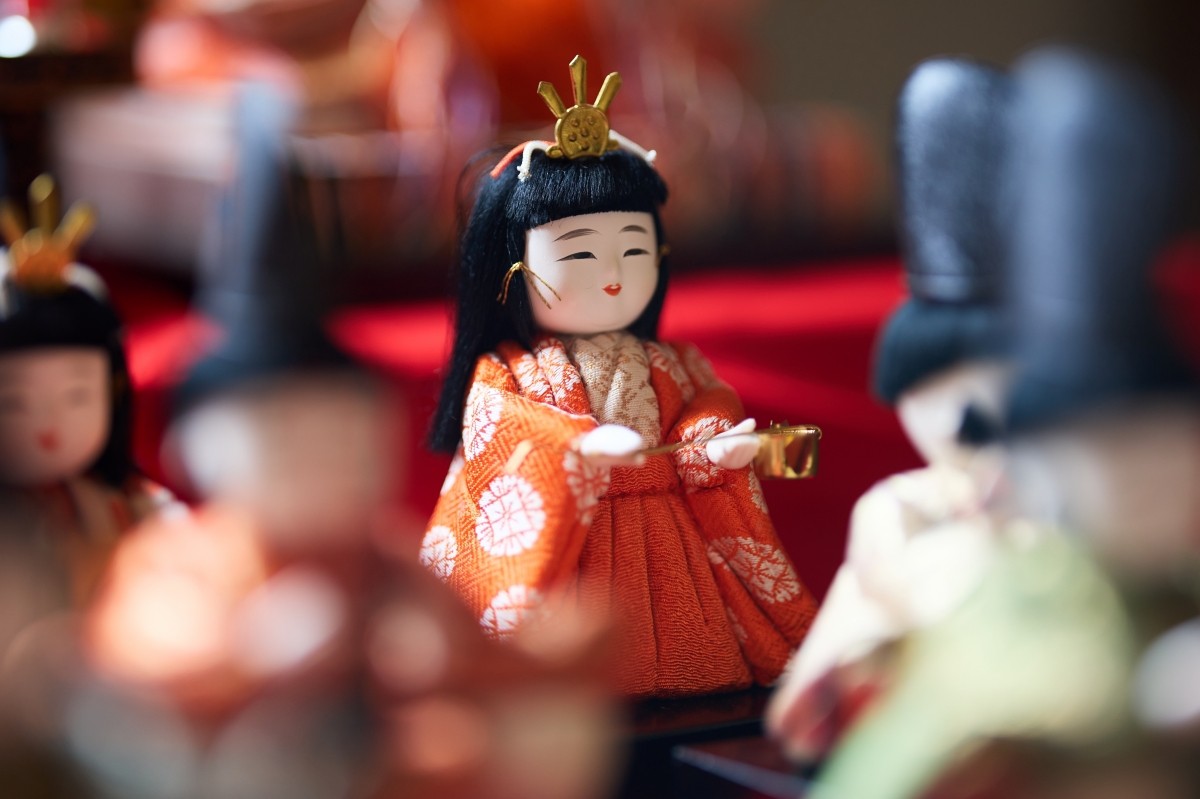
Traditional Japanese dolls and kokeshi are crafts that embody the skills and aesthetic sense of artisans. From simple and warm designs to the luxurious and ornate Hina Dolls and Gogatsu Dolls, each region has developed its own unique and beautiful forms.
In ancient times, Japanese dolls also served as talismans to ward off misfortune or as charms for health and good luck. Today, they are also popular as interior decorations and gifts.
This article will introduce in detail the history and types of Japanese dolls, representative traditional crafts, and the charm of kokeshi. Through the visually stunning world of Japanese doll culture, let’s take a look together at a world where tradition and prayers are alive.
🎎Check out the popular "Hina Doll" rankings! (Yahoo! Shopping)
*If you purchase or reserve products introduced in this article, a portion of the sales may be returned to FUN! JAPAN.
What Are Japanese Dolls? Traditional Crafts Blending Culture and Art
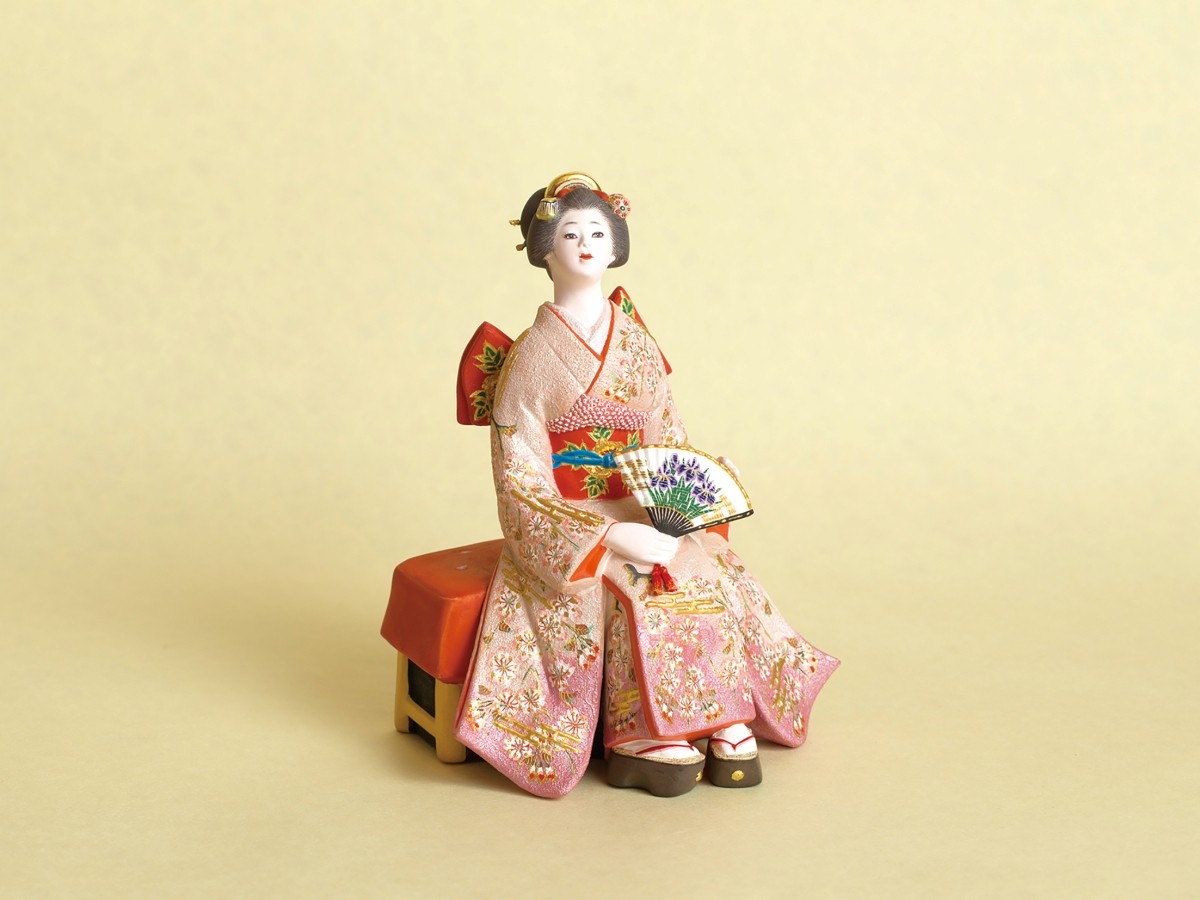
Japanese dolls are not just toys; they have long been cherished as works of art and craft, or as objects imbued with wishes and prayers.
For this reason, their materials and methods of production are diverse, ranging from simple dolls made of paper, clay, wood, or cloth, to highly artistic dolls that incorporate traditional Japanese techniques such as painting, sculpture, weaving, and dyeing.
In addition, local dolls that have been handed down in various regions reflect the customs, beliefs, and lifestyles of the area at the time of their creation, making them valuable cultural assets for understanding the cultural history of Japan.
The History of Japanese Dolls: The Origins of Hina Dolls and Gogatsu Dolls

One of the origins of Japanese dolls lies in the custom of transferring illness or misfortune onto wooden or paper figures called katashiro or hitogata as a form of purification or exorcism. Wooden dolls (mokusei hitogata) from the Nara period have been excavated from ruins dating back to the latter half of the 7th century, showing that this custom already existed at that time.
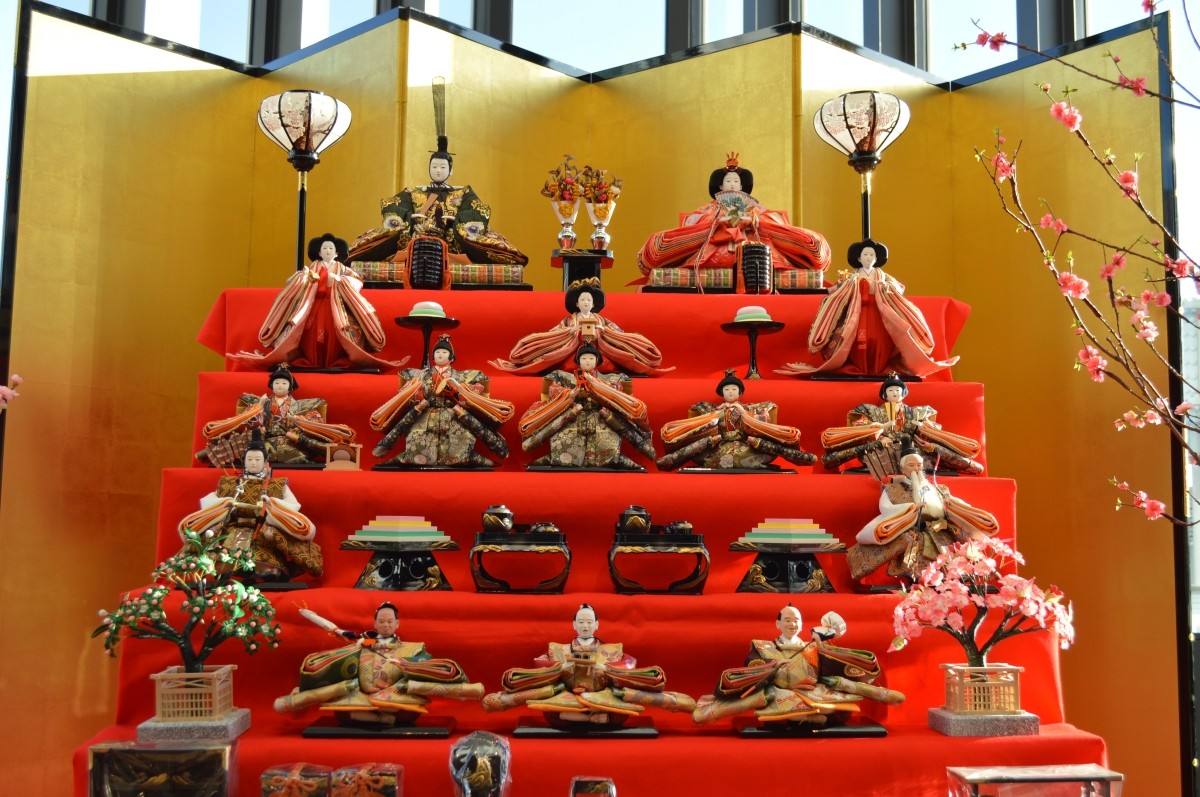
Dolls as toys developed into a pastime called "hiina-asobi." This is even mentioned in "The Tale of Genji" by Murasaki Shikibu in the early 11th century. By the late 16th century, court events had emerged that combined the exorcism custom of "katashiro (hitogata)" with "hiina-asobi," and these events eventually spread to the samurai class. In the 17th century, the custom became established among the general public as the Hinamatsuri (Doll Festival), and Hina Dolls evolved from simple male-female pairs (Dairi-bina) to elaborate multi-tiered displays with luxurious costumes and decorations.
🎎Read more about "Hinamatsuri" in detail
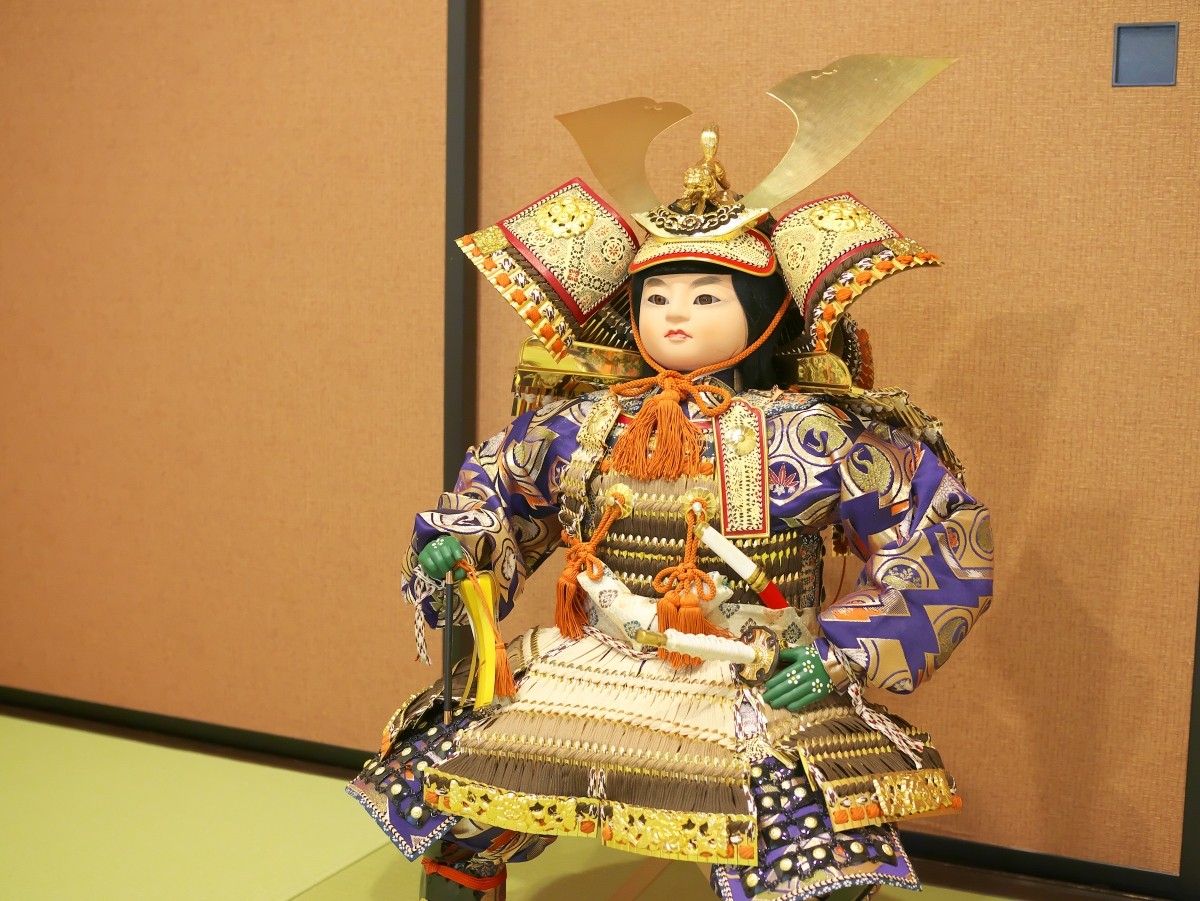
On the other hand, Tango no Sekku, a festival to pray for the healthy growth of boys, became popular during the Edo period as an event to pray for continued military fortune in samurai society. At first, helmets and banners were displayed outdoors, but as the custom spread among common people, the tradition of displaying “Gogatsu Ningyo” (May Dolls)—dolls dressed as legendary or historical heroes, as well as suits of armor and helmets—indoors was born.
In addition, during the Edo period, a diverse doll culture flourished, including costume dolls and genre dolls depicting famous scenes from Kabuki and Noh, bijin-ga (paintings of beautiful women), and scenes from everyday life.
In this way, Japanese dolls have played a variety of roles in daily life—faith, art, play, and celebrations—and continue to be a cultural presence passed down to the present day.
Which Japanese Dolls Are Designated as Traditional Crafts? Types and Features
Hakata Dolls (Fukuoka Prefecture)
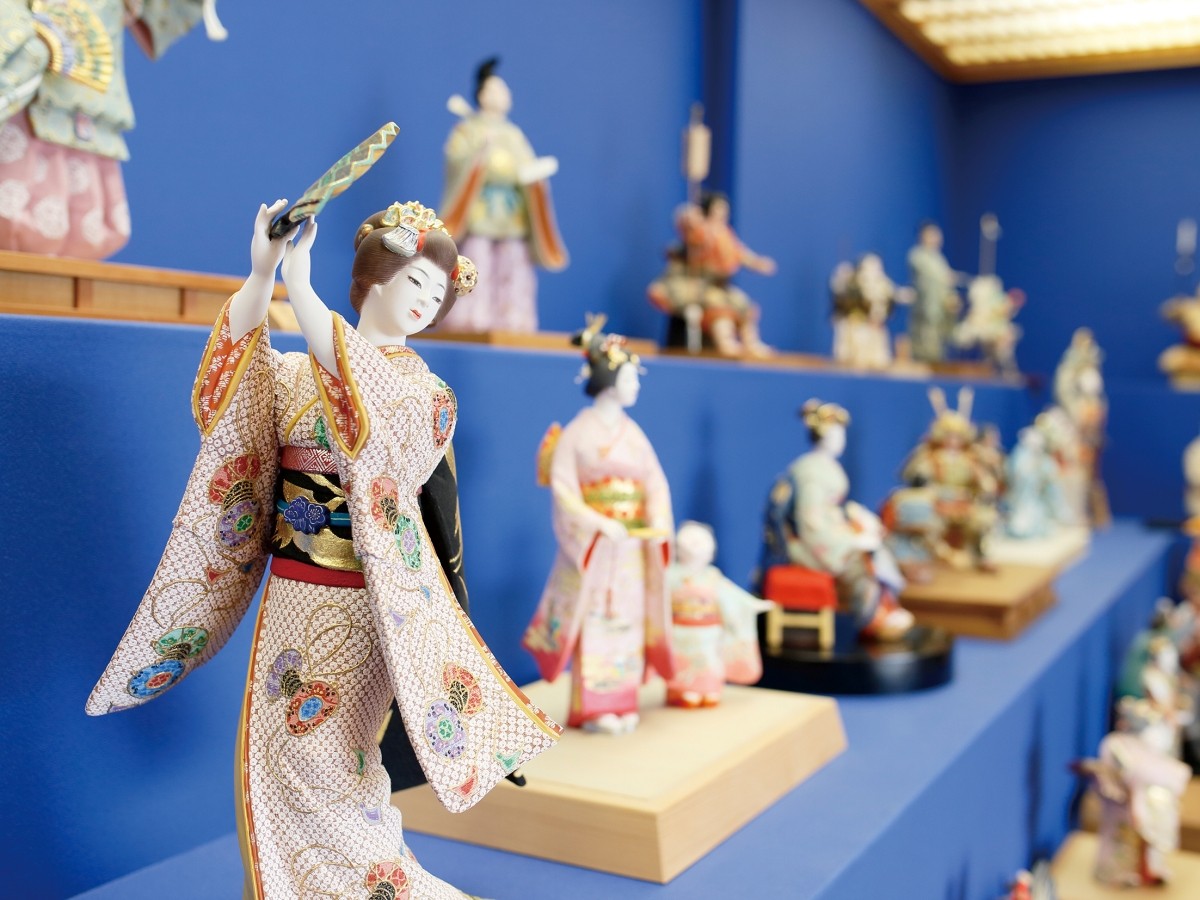
The origin of Hakata Dolls, made in Fukuoka Prefecture, dates back to 1600. It is said that when Fukuoka Castle was being built, craftsmen who made onigawara (decorative roof tiles placed at both ends of the roof ridge) fired unglazed dolls and presented them to the feudal lord. In the Meiji era (1868–1912), Hakata Dolls gained a reputation at events such as the 1867 Paris Exposition and were exported overseas.
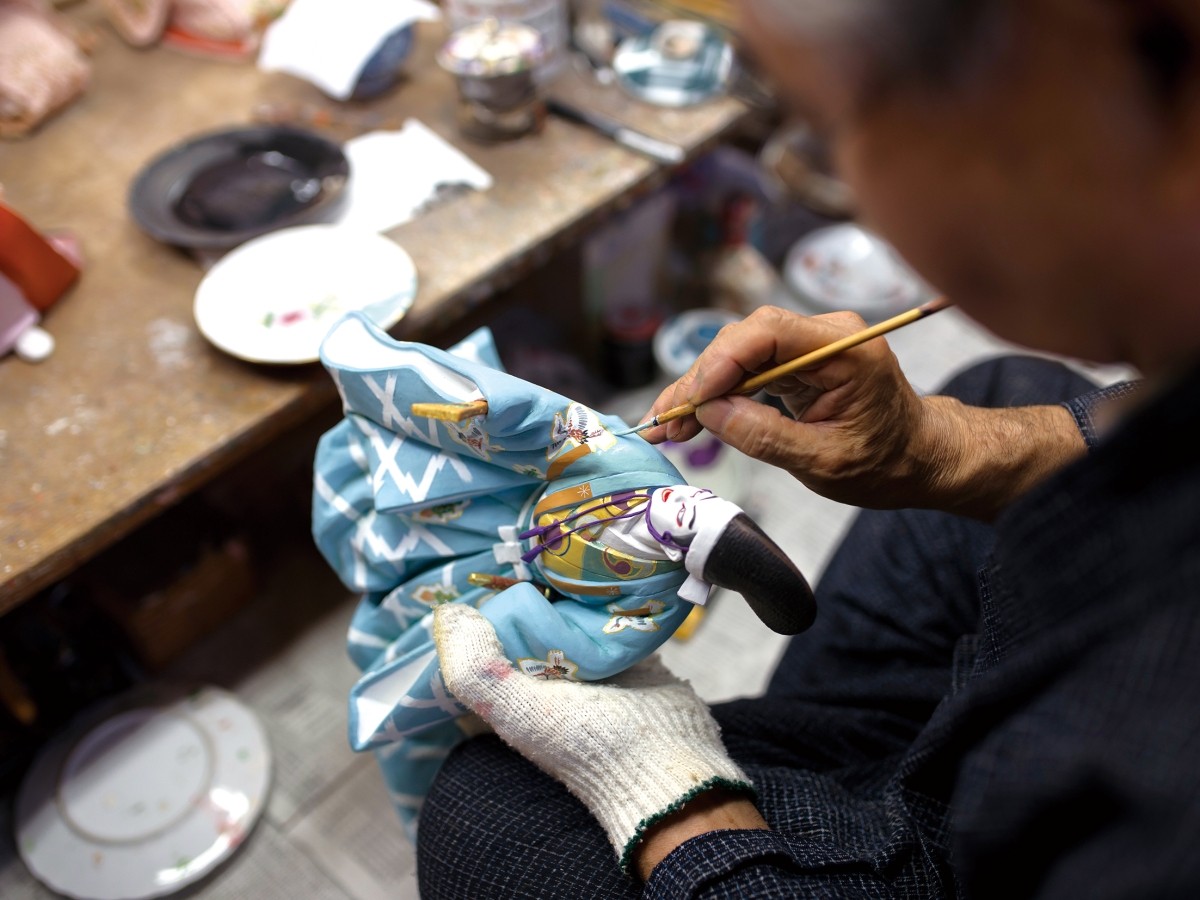
One of the features of Hakata Dolls, passed down since those days, is that they are painted directly on the unglazed clay, giving a sense of the warmth of the earth while creating a beautiful and lively atmosphere. Another characteristic is the wide variety of genres, including bijin (beautiful women), Kabuki, Noh, warriors, and the twelve zodiac animals.
🎎What is the price range of “Hakata Dolls”? Check out recommended dolls (Yahoo! Shopping)
Edo Sekku Dolls (Tokyo & Saitama Prefectures)
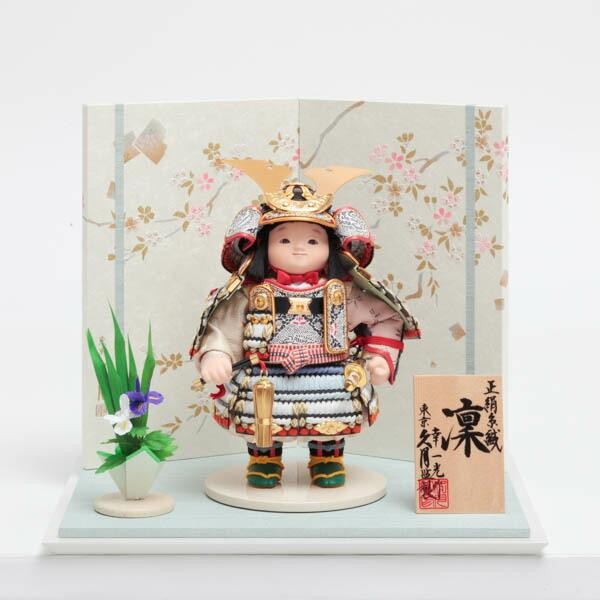
The Edo Ishōgi Ningyo (Edo Costume Dolls) began under the influence of Kyoto doll-making during the Edo period. By the Hōreki era (1751–1764), the realistic and sophisticated “Edomae” style, which created a lively atmosphere, was established.
The peak of Edo’s doll culture came during the Bunka-Bunsei period (1804–1830). For Tango no Sekku, May Dolls wearing helmets and armor, as well as Edo armor modeled after real suits of armor, began to be produced.
Also, during the Edo period, small, realistic Edo genre dolls and Ichimatsu dolls, made to resemble popular Kabuki actors, similar to those depicted in ukiyo-e, appeared. These Edo Costume Dolls and Edo Armor are now designated as traditional crafts by the Minister of Economy, Trade and Industry as Edo Sekku Dolls, passing on the lifestyle and culture of Edo to the present day.
🎏Are “Edo Sekku Dolls” expensive? Check the price range (Yahoo! Shopping)
Edo Oshie (Tokyo and other areas)
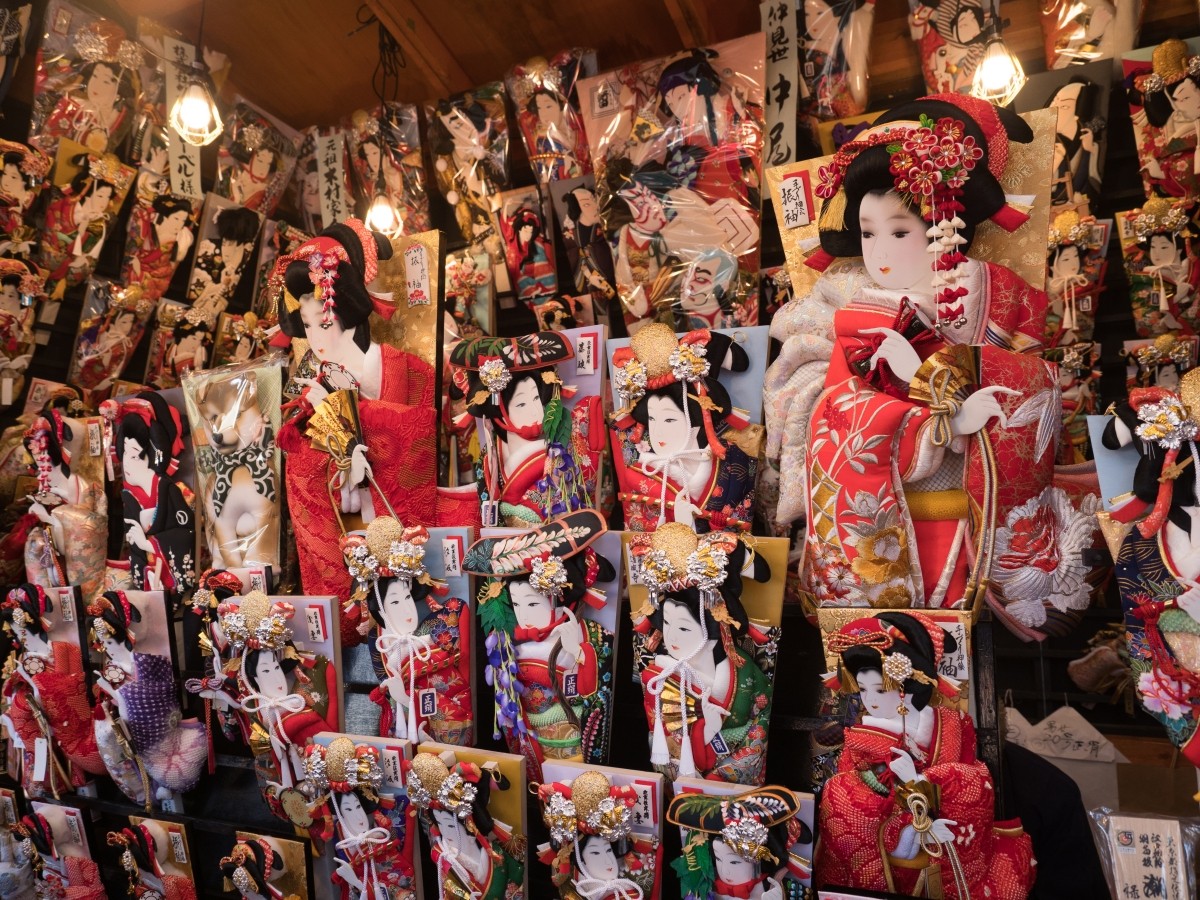
Edo Oshie began to be actively produced around the Nihonbashi and Asakusa areas during the Edo period. The "Edo Oshie Hagoita" (battledore decorated with Edo Oshie) spread through sales at the "Toshi no Ichi" (year-end market), and developed while fusing with kabuki costumes and customs, as well as techniques from Japanese painting. In Asakusa, where there were three major theaters known as the Edo Sanza, oshie works featuring kabuki actors became especially popular.
The charm of Edo Oshie lies in the lively and dynamic expressions and postures. Depicting these is extremely difficult, and it is said that artisans would actually watch stage performances to develop their ideas. It is truly a traditional craft that brings together culture and art.
Iwatsuki Dolls (Saitama Prefecture)
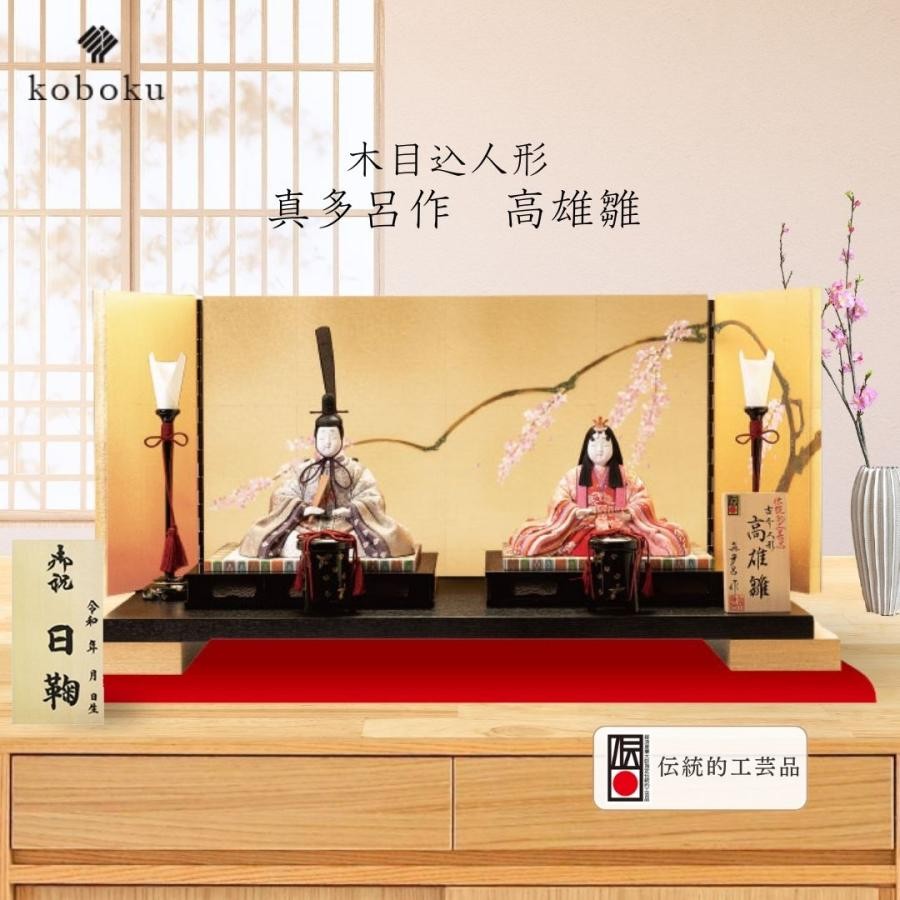
The origin of Iwatsuki Dolls, mainly produced around Iwatsuki City, dates back to around 1634–1647, when the construction of Nikko Toshogu Shrine took place. Among the craftsmen who gathered from across Japan and settled in Iwatsuki, some specialized in doll-making, marking the beginning of this craft. The craft further developed in 1697, when the technique of "Toso-gashira" (heads made from paulownia wood powder) was introduced by Buddhist sculptors from Kyoto. This technique was passed down as side work by samurai and farmers in the domain.
The main products are "Hina Ningyo" (dolls for the Girls' Festival), "Gogatsu Ningyo" (dolls for the Boys' Festival), and "Ukiyo Ningyo" (costumed dolls). Their features include round faces with large eyes, and smooth skin finished with "gofun," a white pigment. Luxurious textiles such as Nishijin-ori are used for the costumes, and together with the dolls' brilliant coloring, they create elegant and gorgeous dolls.
*Toso-gashira: Doll heads made from paulownia wood powder kneaded and hardened with wheat starch paste.
🎎What is the price range of "Iwatsuki Dolls"? Check on Yahoo! Shopping
Suruga Hina Dolls (Shizuoka Prefecture)
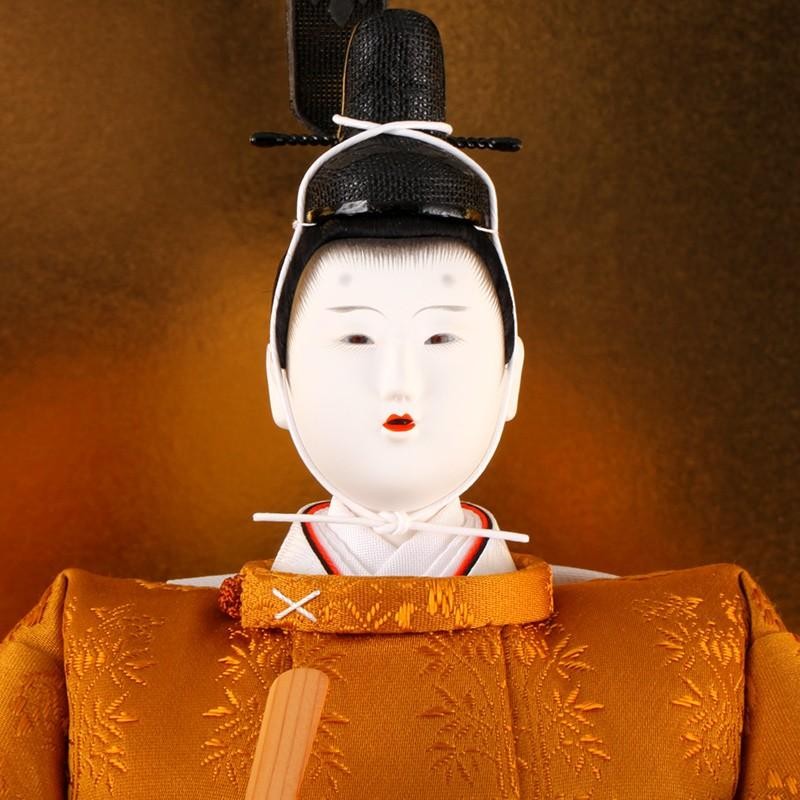
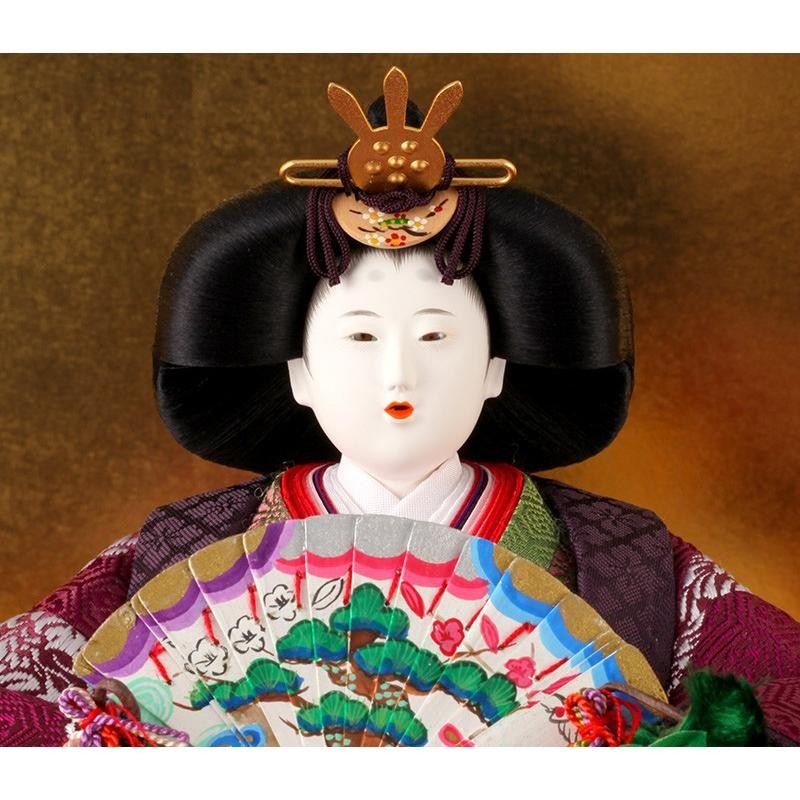
The origin of Suruga Hina Dolls is said to date back to the late Edo period (early 19th century). Around present-day Suruga Ward in Shizuoka City, a clay doll maker was invited from Mino Province (now Gifu Prefecture), and started creating clay 'Neri Tenjin' dolls, which wore costumes, were produced, and these became the prototype for Suruga Hina Dolls.
The greatest feature of Suruga Hina Dolls is the highly skilled technique called "ude-ori" or "furitsuke," in which both arms are bent and attached. The individuality of each artisan is so evident in the finish of the arms that you can tell who made the doll just by looking at this detail.
Another characteristic is that the costumes are tailored in separate upper and lower pieces, creating a sense of elegance and movement. Main products include not only Hina dolls but also Gogatsu dolls, Neri Tenjin, and warrior dolls.
*Rentaijin: A doll modeled after Sugawara no Michizane, a nobleman from the Heian period who was revered as the god of learning.
🎎Are "Suruga Hina Dolls" expensive? Check the price range (Yahoo! Shopping)
Suruga Hina Implements (Shizuoka Prefecture)
The history of Suruga Hina Implements dates back to the 16th century, when the construction of Shizuoka Sengen Shrine took place. This project brought together highly skilled woodworkers and lacquerware artisans from all over Japan to Shizuoka. Hina accessory making then developed as a branch of lacquerware, and has been handed down as a refined craft ever since.
The greatest feature is that each Hina accessory—such as chests and dressing tables, of which there are around 40 traditional varieties—is meticulously crafted using the same process as real furnishings. For this reason, items like sewing boxes and chests can actually be used as small containers. In addition, these Hina accessories are adorned with beautiful maki-e (gold and silver lacquer decoration), allowing you to enjoy their elegant atmosphere, one of the defining charms of Suruga Hina Implements.
Kyo Ningyo (Kyoto Prefecture)
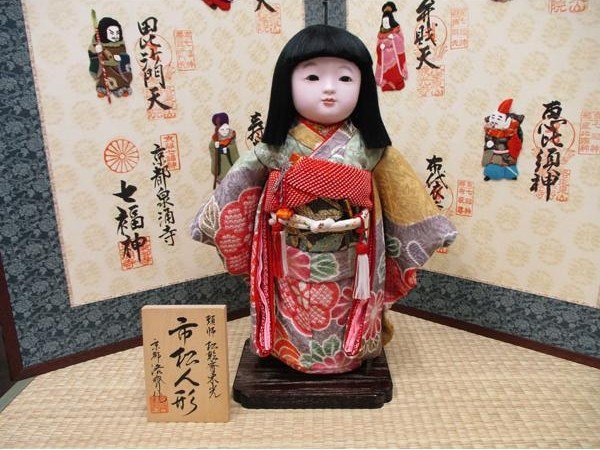
Kyo Ningyo refers to Japanese dolls made in Kyoto. Their origin dates back to the Heian period (late 8th to 12th century), began with 'Hiina dolls'—playthings for noble girls. Later, in the Edo period, costume dolls such as Hina dolls, Gogatsu dolls, and Ukiyo dolls were created.
The main feature of Kyo Ningyo is the division of labor for each process and part, such as the head, hair, hands, feet, and accessories. Many of them are dressed in authentic Nishijin-ori kimono, giving them a luxurious feel. The traditions cultivated by highly skilled artisans continue to imbue Kyo Ningyo with profound charm today.
🎎What are "Kyo Ningyo"? See photos (Yahoo! Shopping)
What are Japanese "Kokeshi"? Tohoku’s Traditional Craft Seen Through Its Origins, Types, and Features
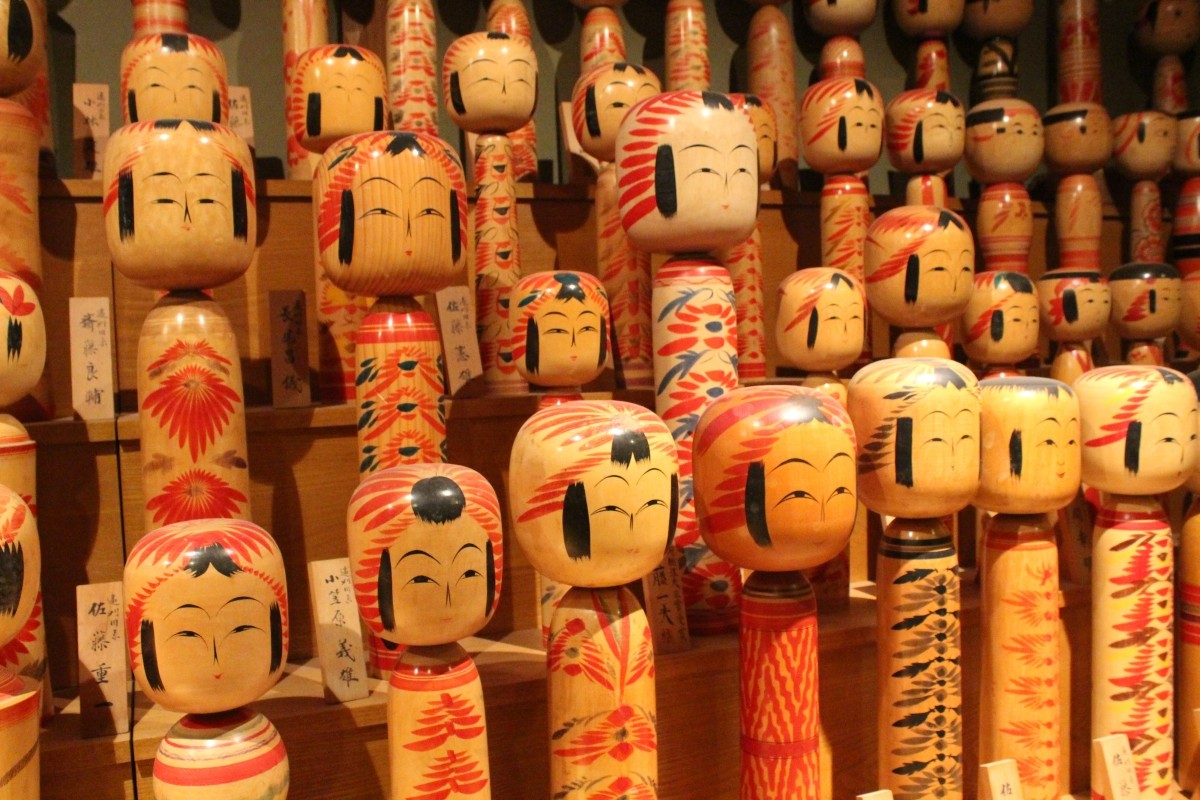
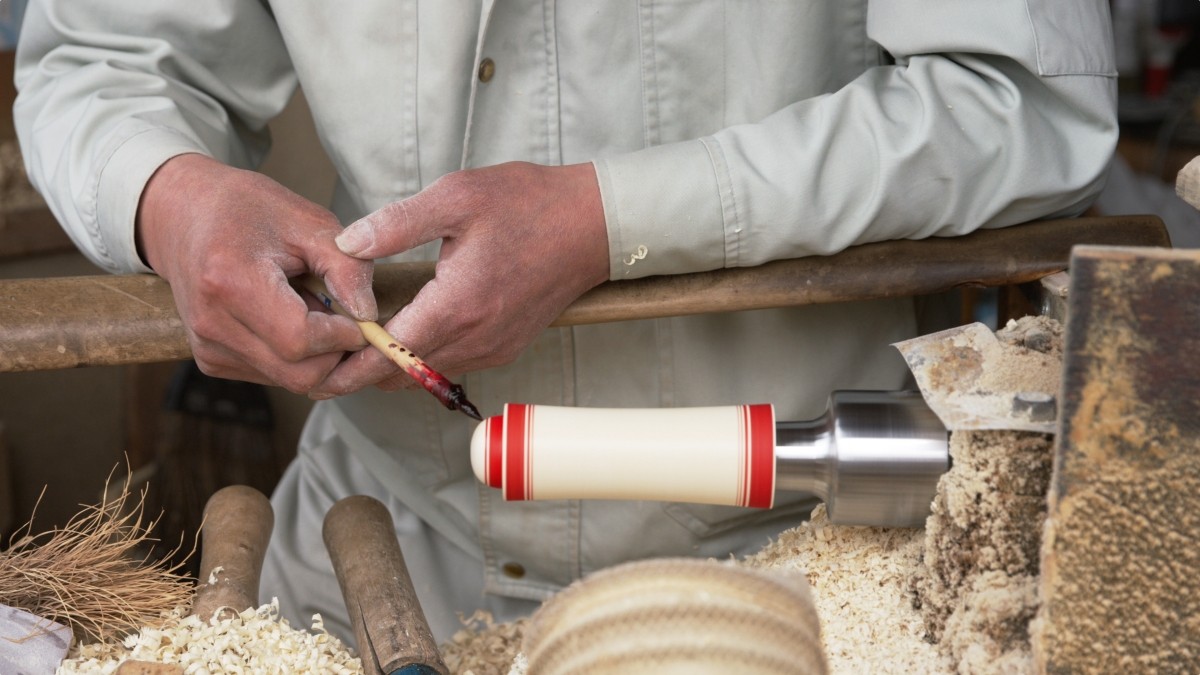
The most distinctive feature of kokeshi is their simplified form, consisting only of a head and torso. Their origin dates back to the Bunka and Bunsei eras of the Edo period (1804–1830), when woodturners in the Tohoku region began making them as toys for children. Because the manufacturing techniques, shapes, and patterns were passed down only within families or to apprentices, each family line and region came to develop distinct characteristics. Today, kokeshi are classified into 12 lineages based on their place of origin.
*Kijishi: Artisans who use a rotating device called a lathe to craft wooden items such as bowls and trays from unfinished wood.
🎎Are "Traditional Kokeshi" expensive or cheap? Check the price range (Yahoo! Shopping)
Types and Features of Traditional Kokeshi from Miyagi
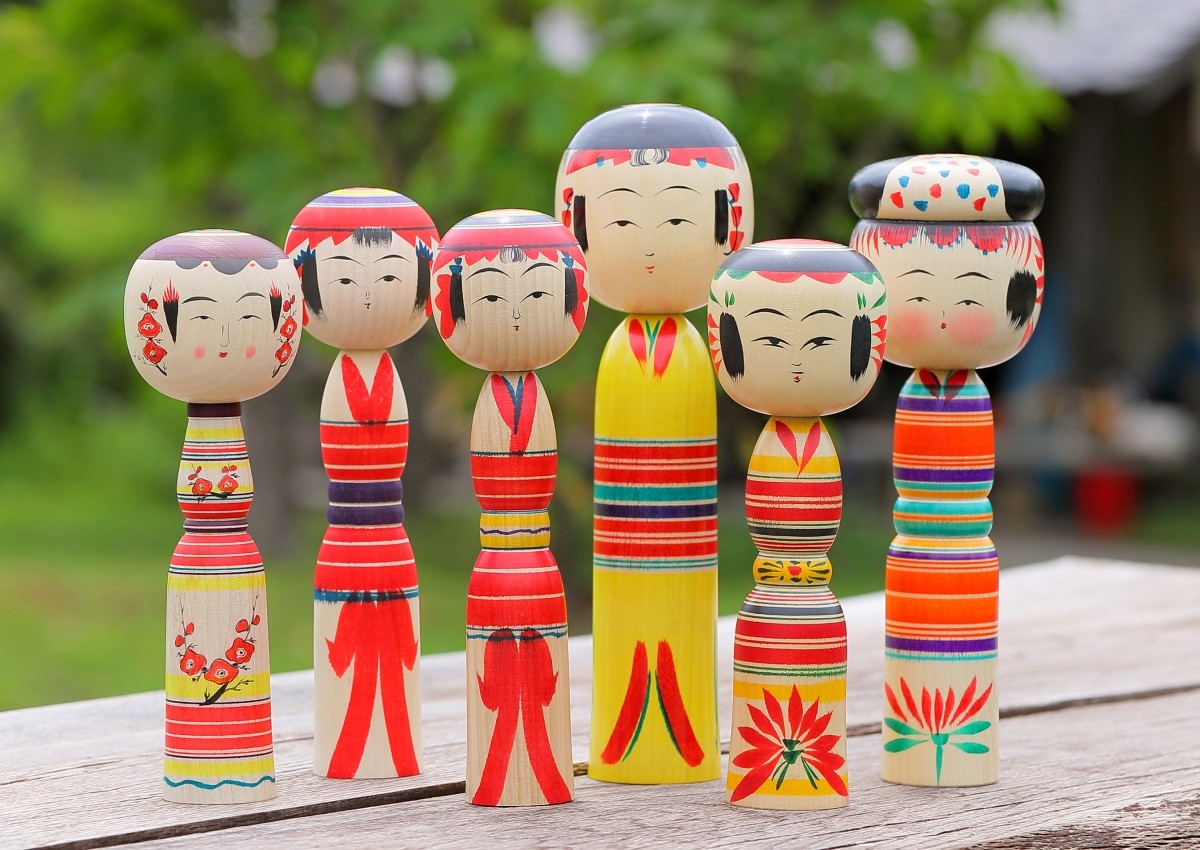
Of the 12 traditional kokeshi lineages, Miyagi Prefecture is home to five: Tōgatta Kokeshi, Yajirō Kokeshi, Naruko Kokeshi, Sakunami Kokeshi, and Hijiori Kokeshi. All of these originated in hot spring areas, and each kokeshi is crafted from start to finish by a single artisan.
Tōgatta Kokeshi
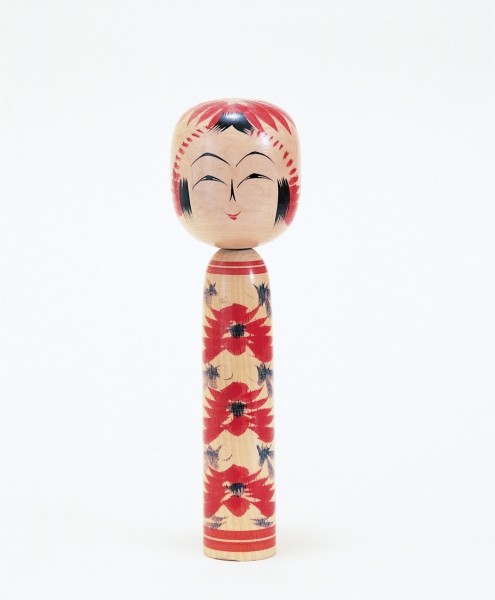
There are two main types: one with a large head adorned with traditional Japanese-style hair ornaments, and another with plain black hair without decorations. The face is characterized by long, narrow eyes and a well-defined nose, giving a mature impression. The body is decorated with a variety of patterns, such as chrysanthemums and plum blossoms.
Yajirō Kokeshi
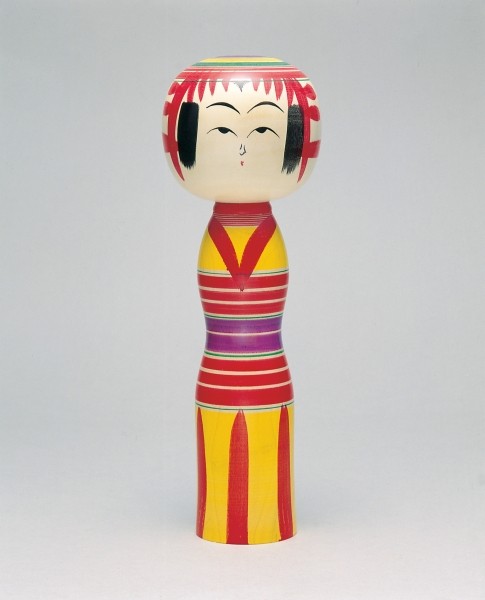
A distinctive feature is the lathe-drawn lines on the head, resembling a beret, with a red tegara (a traditional Japanese hair ornament) drawn below. Since these kokeshi were made to order according to customer requests, they have a wide variety of shapes and patterns, making them the most varied and expressive among the traditional kokeshi.
*Lathe lines: Lines drawn using a rotating woodturning device called a lathe.
Naruko Kokeshi
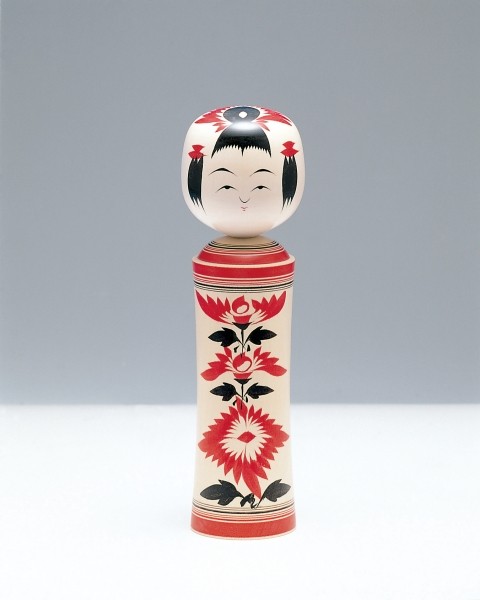
These kokeshi feature realistic hand-painted designs, with chrysanthemums as the main motif on the body, giving them a vibrant appearance. When the head is turned, it makes a squeaking sound. They are characterized by an oval-shaped face, well-balanced like a melon seed and a body with a distinct waist.
Sakunami Kokeshi
Generally, there are two types: one with a slender, straight, stick-like body and a small head, and another with a narrow waist and a larger base for added stability.
Hijiori Kokeshi
This type of kokeshi inherits features from both the Naruko and Tōgatta lineages. The body is strongly influenced by the Naruko style, often thick and straight in shape, but some have a constriction above the base, which is wider. The body is painted in vivid yellow, and the facial features are drawn boldly—a distinctive trait of this style.
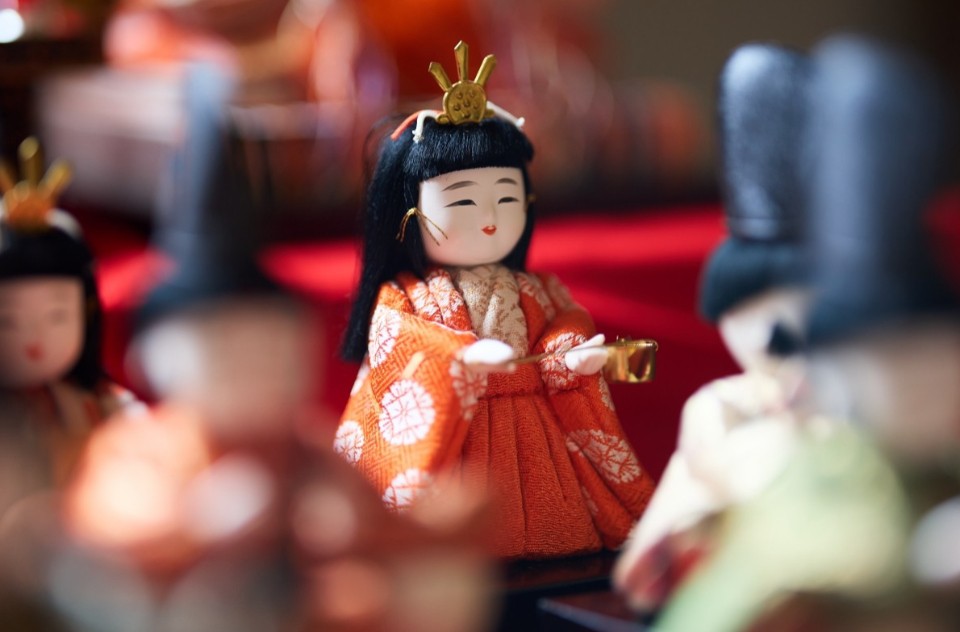
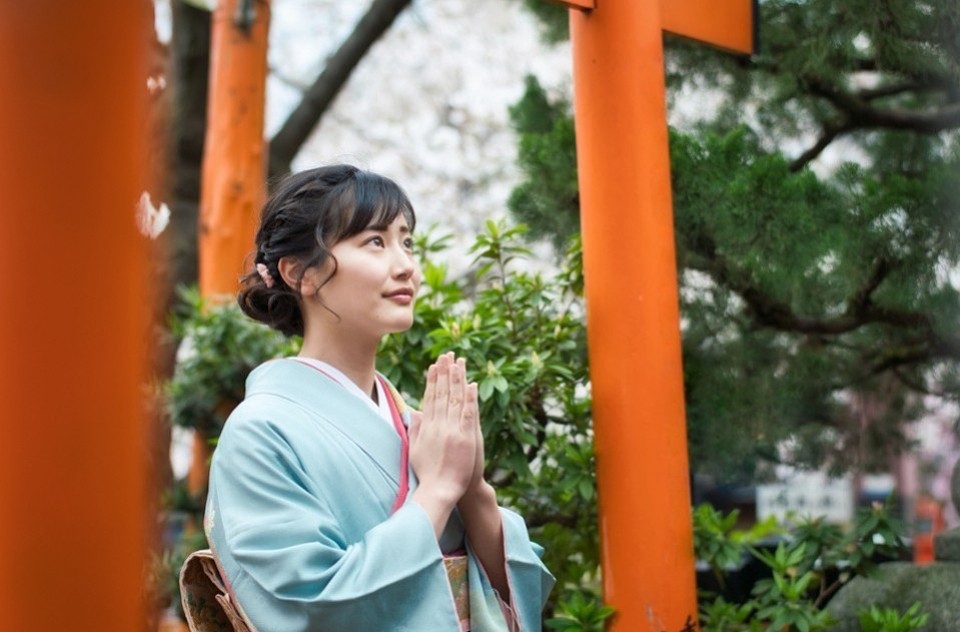
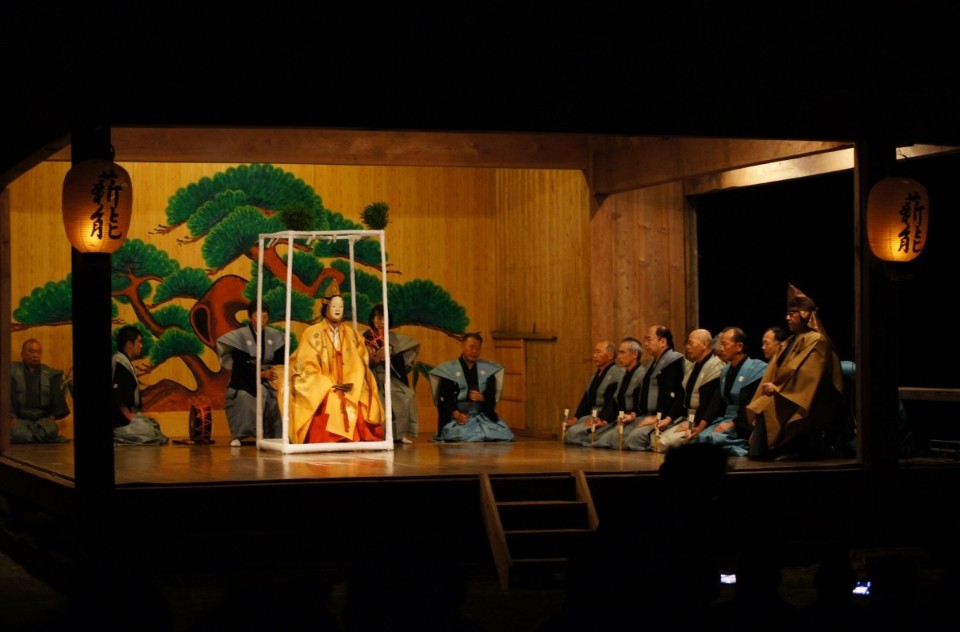

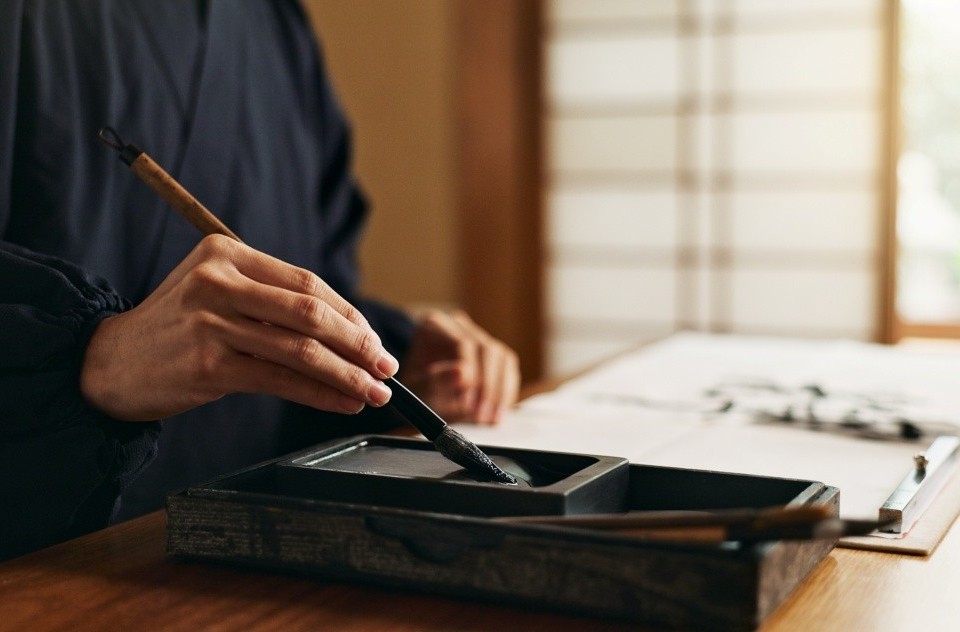
Comments